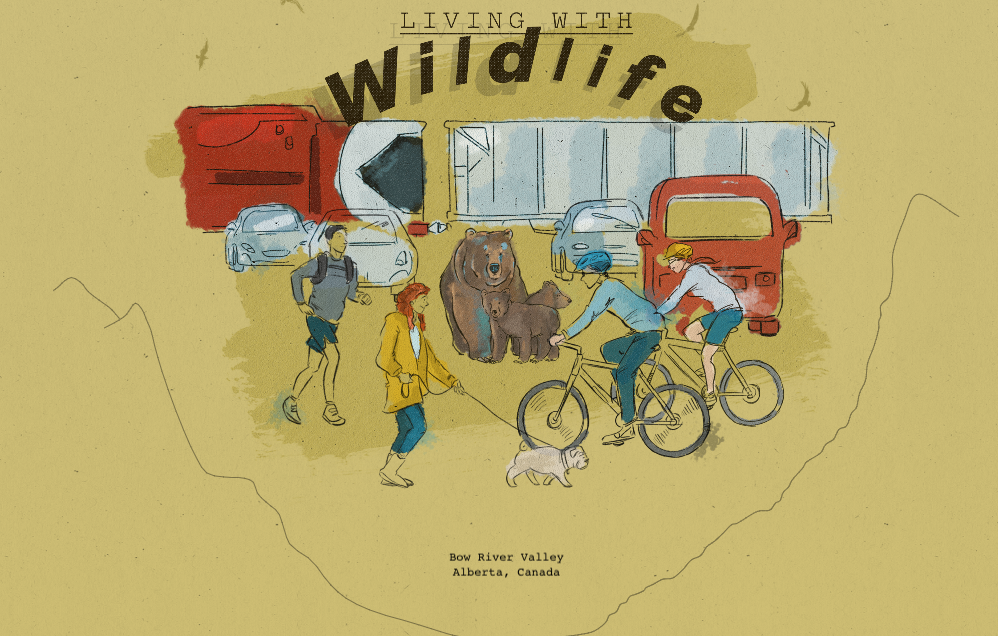In lab meeting this week, we somehow got on the topic of how scientists are close to resurrecting the wooly mammoth. Well, at least they’ve successfully inserted mammoth DNA into their closest living relatives, the Asian elephant.
Mammoths started walking the Earth around 2.5 million years ago and went extinct ~10,000 years ago in most of their range, with the last individuals (who interestingly survived on an isolated island) dying off less than 4,000 years ago.
Why would we want to even consider de-extinction? I mean, didn’t we learn anything from Jurassic Park?

Well, it’s possible that by bringing back these animals, that it will help to recover arctic ecosystems which are the most susceptible to climate change. It’s a pretty neat idea, and you can read more about it through the Revive and Restore project.
But now assuming we can successfully undertake de-extinction if climate change was one of the drivers of their extinction (which is one of the major theories), the new mammoths won’t have much of a chance at survival in the wild. Will they end up being zoo specimens? Not a great quality of life for a far-ranging and social animal, like pachyderms. To keep mammoths in the wild, would that then require us to do an ongoing breeding program if the now climate-changed ecosystem couldn’t support them?

But one of the other major contributors to the extinction of the woolly mammoth is people. Us humans are not only still here… there’s a heck of a lot more of us than when the last mammoth took its final breath. But presumably, we would be excited at the prospect of living with mammoths again, right? I mean, why else would we even bother trying to bring back an extinct species?

But it begs the question, why are we trying to bring back extinct animals when we can’t live with the animals that aren’t yet extinct? The list of species-at-risk only seems to grow over time—barring a few notable exceptions (and these are the ones that keep me from falling into a complete depression)—extinctions are still happening today.

And when wildlife does come into our midst, humans need to be reminded how to coexist with them.

Check out the amazing Living with Wildlife website produced for the residents of the Bow Valley in Alberta, for example. This region houses National and Provincial Parks, as well as crown and privately-owned land—with people living rurally or within town-centres. And though the people of this region seem to take their coexistence with wildlife as a point of pride, in many Canadian cities wildlife are seen as a menace rather than as a gift.

On the urban deer project that I’m part of, I’ve noticed that the rhetoric used to describe deer encounters is varied and value-ridden. As an example, a couple weeks ago a woman collided with a buck while on her bike. When it was initially reported, the buck’s behavior would indicate that he was equally startled to have a human run into him—and he peacefully continued crossing the street towards his doe and fawn. An “angry” or “aggressive” buck would have kicked with his hooves or tried to gore with his antlers—neither of which happened. It was an unfortunate incident, but it certainly wasn’t an aggressive encounter. However, this week it was reported that two children on scooters were chased by an “angry buck” and the description of that prior cycling encounter is now described quite differently. I’m sure those kids were terrified, and I’m really happy they didn’t get hurt. But few animals attack humans without provocation. Did those kids ride up to the buck and startle it? Giving any wildlife a wide berth and a slow, un-threatening approach, is always important. But it’s still rutting season here so bucks would be additionally protective of their does. Yet media vilifying wildlife only act to further polarize residents around attitudes of living with wildlife.

If we can’t live with the wildlife that we currently share space with, and those already endangered, why bother with de-extinction?


Very interesting topic Alina. You make some good points on potential problems with de-extinction.
LikeLike